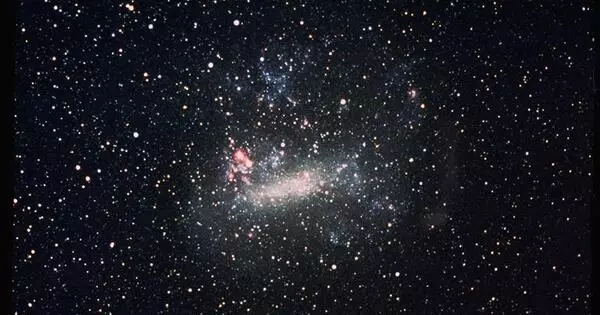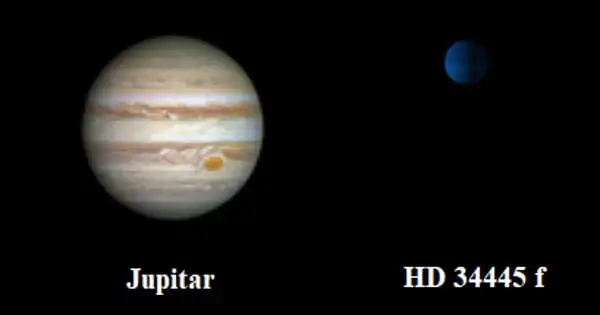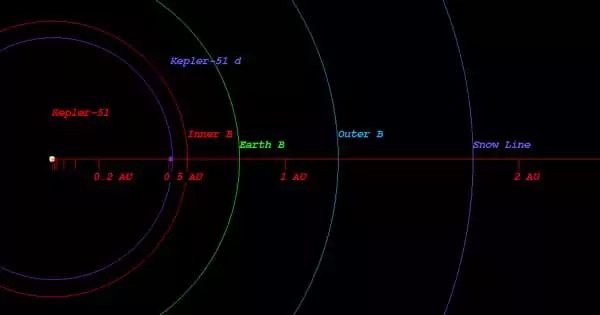In comparison to the Milky Way’s 200-400 billion stars, a dwarf galaxy is a small galaxy composed of 1000 to several billion stars. It is a galaxy that is much smaller and less massive than typical galaxies such as the Milky Way. The Large Magellanic Cloud, which orbits the Milky Way and contains over 30 billion stars, is classified as a dwarf galaxy by some, but a full-fledged galaxy by others.
The formation and activity of dwarf galaxies are thought to be heavily influenced by interactions with larger galaxies. Dwarf galaxies are classified into several types based on their shape and composition. These galaxies are quite common in the universe and are distinguished by their lower luminosity, mass, and physical size when compared to larger galaxies.
Formation
According to one theory, most galaxies, including dwarf galaxies, form in association with dark matter or from metal-rich gas. However, NASA’s Galaxy Evolution Explorer space probe discovered new dwarf galaxies formed from low-metallicity gases. These galaxies were discovered in the Leo Ring, which is a cloud of hydrogen and helium that surrounds two massive galaxies in the constellation Leo.
Dwarf galaxies have been observed being drawn towards and ripped by neighboring spiral galaxies, resulting in stellar streams and, eventually, galaxy merger.
Key characteristics of dwarf galaxies include:
- Size and Mass: Dwarf galaxies typically have diameters ranging from a few thousand to tens of thousands of light-years. Their mass can range from a few million to several billion solar masses, making them significantly less massive than larger spiral or elliptical galaxies.
- Luminosity: Dwarf galaxies emit far less light than larger galaxies due to their smaller size and lower star abundance. Because of their lower luminosity, they can be difficult to detect, especially at great distances from us.
- Star Formation: Dwarf galaxies are known for their active star-forming regions, where new stars are born. Despite their lower overall mass, they can have a high star formation rate compared to larger galaxies.
- Dark Matter: Like larger galaxies, dwarf galaxies are believed to contain a significant amount of dark matter, which contributes to their overall gravitational attraction. In fact, dwarf galaxies are valuable in the study of dark matter and galaxy formation due to their simple and less disturbed structures.
Types
Dwarf galaxies are classified into two types: dwarf elliptical galaxies (dE) and dwarf irregular galaxies (dI). Dwarf elliptical galaxies appear smooth and featureless, whereas dwarf irregular galaxies have a more chaotic structure with no clearly defined shape.
Dwarf galaxies are important in understanding galaxy formation and evolution. They are thought to be building blocks in the hierarchical growth of galaxies because they can merge and coalesce to form larger galaxies over time. Dwarf galaxies help astronomers learn about the distribution of dark matter, star formation processes, and galaxies’ interactions.
















